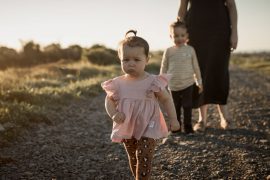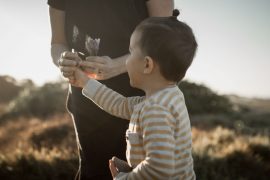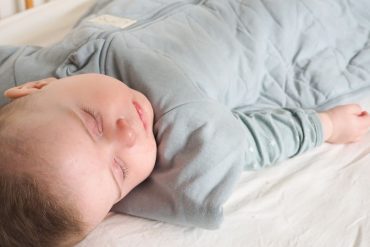4 – Stay nearby and listen
Sticking around the scene to offer support is meaningful for the hurt child, your warm attention and concern helps, “Are you okay?”
If the hurt child is crying, it’s better to simply stay close and wait attentively for them to finish shedding their tears before trying to fix things up. Rushing to say sorry, or make amends, can be jarring when we are upset. Instead, we can focus on what happened, “You got hurt when Jack swung his bag”, and the hurt child might cry some more but she will feel so much better to get those tears out than to keep them bottled up. Once she’s through her upset, she’ll be in a good place to hear an apology.
5 – Make amends
Once the child who caused the problem fully understands what has happened and both children have had the chance to release emotional tension, it’s time to take action. Often kids are grateful to have something tangible to do. They can’t stop the other kid’s pain but they can offer comfort.
It can be an empowering opportunity for a child to learn that we all make mistakes – and we can always take action to make things better. If we broke an object – we can fix it up. If we injured someone – we can get a Band-Aid or ice. If we hurt a relationship – we can repair it, “How can I make things up to you?”
It can be an empowering opportunity for a child to learn that we all make mistakes – and we can always take action to make things better.
6 – Meet social expectations
Eventually your child will say sorry and mean it. In the meantime, go ahead and say sorry yourself but don’t insist that they do. Apologizing on behalf of our child is an easy way to navigate social expectations, without making your child feel ashamed. This is especially useful with very young children.
Sometimes, for older kids, a little nudge is useful, warmly whispering (to avoid embarrassing our child) something like, “When you feel able, it would be really good to say sorry to Fred for tearing up his picture.” This doesn’t guarantee that a child will say sorry but it gently holds the expectation that this is what we do once we feel remorseful whilst sending the message to your child that you are on his side.
Of course modeling saying sorry in our own lives is powerful too. Children are quick learners and easily pick up that this is what we do when we’ve hurt someone.
7 – Give reassurances
Offering reassurances like “I won’t do it again” offers meaningful safety for the hurt child. We can create this by saying, “Are you going to do that again?” Reassurance is often more important to a child than a “sorry”. Sorry pleases adults but is less important to children. Reassurance matters to a child.
If a child can’t offer the reassurance it’s your job to step in and hold the expectation, “I can’t let you hit him again”; “I won’t let him hit you again”, and stay close by ready to set a limit and prevent repeated misdemeanors.
Children need our support to regain their dignity and to figure out a way to make amends. Instead of insisting children say sorry, we can help them to think again and repair things. Children who are given the opportunity to offload emotional tension and participate in helping the other child feel better often do amazing things.
Follow this 7-step plan and before long you’ll be delighted to witness your child giving heartfelt apologies spontaneously. I was touched a few weeks ago when a 4-year-old boy I know, took off on a bike without training wheels for the first time only to bowl over a 1-year-old and fall off. The 4-year-old, who was also hurt, picked himself up and immediately went to help the little boy get up, said a caring sorry and walked with the little kid back towards his mum. It was so sweet to watch.
Children are naturally caring – we need only support their innate compassion to raise a child that willingly gives heartfelt apologies.
REFERENCES
1 – for example : http://www.ncbi.nlm.nih.gov/pubmed/2926625 apology as aggression control study; and http://www.ncbi.nlm.nih.gov/pubmed/9248052 interpersonal forgiving in close relationships.
Rachel is a Member of the Australian Association of Family Therapists and runs The Connected Parent. She supports parents to build strong family relationships and compassionately navigate challenges. She lives in the beautiful Bega Valley, Australia where she’s regularly challenged and delighted by her own family. Join her Facebook group.










